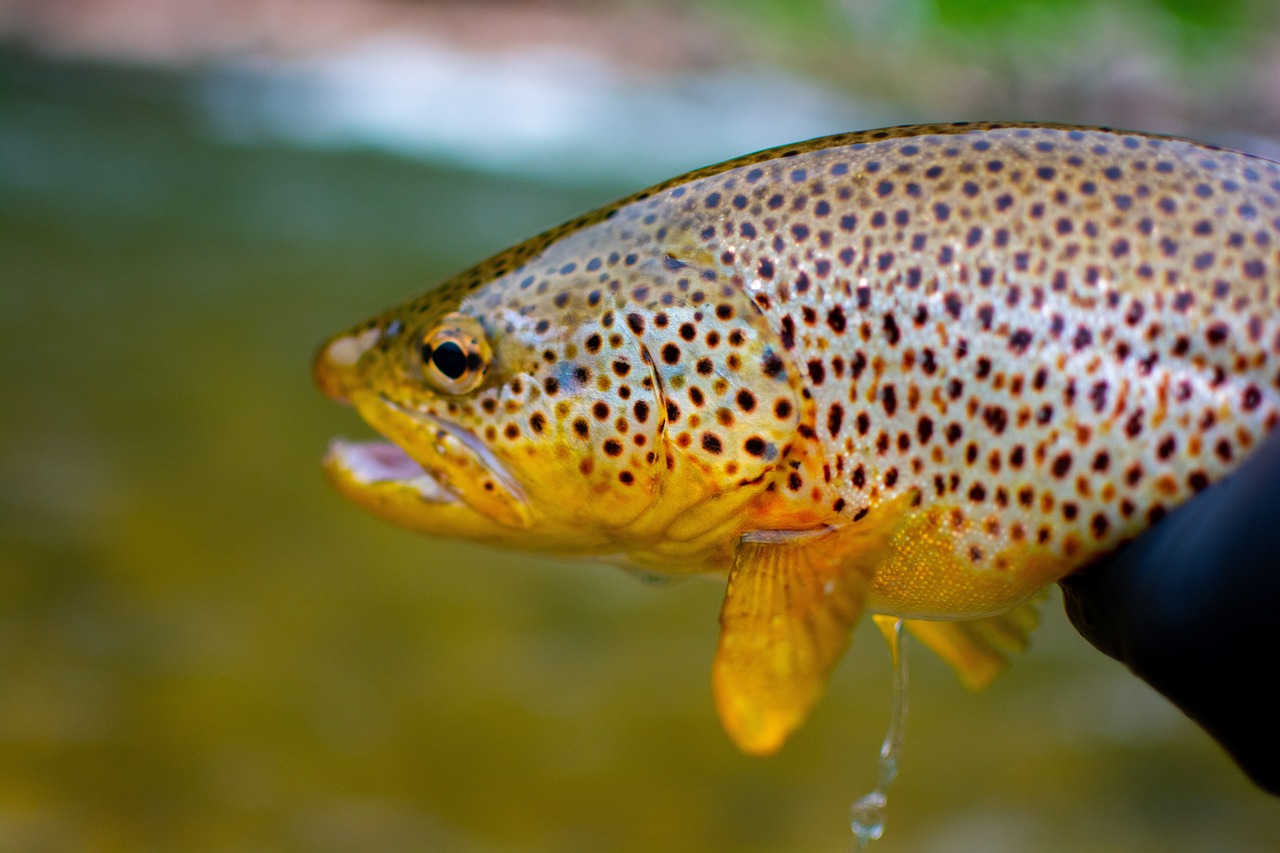News release
From:
Psychoactive pollutant alters movement dynamics of fish in a natural lake system
Proceedings of the Royal Society B: Biological Sciences
Pharmaceutical pollution is an emerging threat to human health and global biodiversity. Psychoactive pharmaceuticals (e.g. antidepressants, anxiolytics) are commonly detected in our rivers and have the ability to alter animal behaviours that are crucial to survival and reproduction. We show that the anti-anxiety pharmaceutical pollutant temazepam altered movement dynamics and reduced the migration success of brown trout (Salmo trutta) in a natural Swedish lake system. These results have implications for the persistence of vulnerable fish populations in an increasingly polluted world.



 Australia; International; VIC; QLD
Australia; International; VIC; QLD



